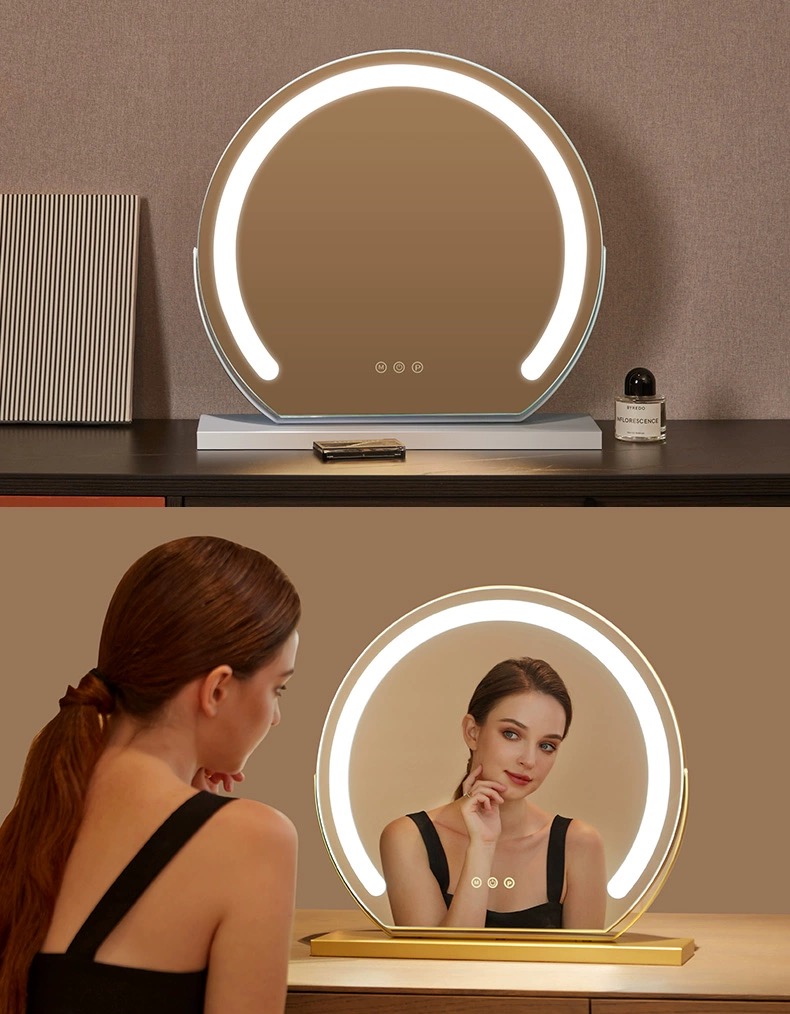

Understanding Low-E Rated Windows Benefits and Considerations
When it comes to energy efficiency in modern homes, low-emissivity (Low-E) rated windows stand out as a top choice for homeowners looking to reduce their energy costs and enhance indoor comfort. These specialized windows are designed to reflect heat while allowing natural light to enter, thus contributing significantly to a home’s overall energy performance. In this article, we will explore the features, benefits, and considerations of Low-E rated windows.
What are Low-E Rated Windows?
Low-E windows are equipped with a thin, transparent coating that has a low emissivity. This coating serves to minimize the amount of infrared and ultraviolet light that enters through the glass without compromising the amount of visible light transmitted. The primary function of Low-E coatings is to keep heat inside the home during winter and block excessive heat from entering during summer.
There are two main types of Low-E coatings passive and solar control. Passive Low-E coatings are designed to optimize sunlight entry, making them suitable for colder climates where retaining heat is essential. Conversely, solar control Low-E coatings reflect more sunlight, making them ideal for warmer regions where keeping homes cool is a priority.
Benefits of Low-E Rated Windows
1. Energy Efficiency One of the most significant advantages of Low-E windows is their ability to improve energy efficiency. By reducing heat transfer, these windows can lower heating and cooling costs. Homeowners often report savings on energy bills through the use of Low-E glass, making it a wise long-term investment.
2. Comfort Low-E windows help maintain a stable indoor temperature, reducing the likelihood of cold drafts in winter and excessive heat in summer. This stability enhances overall comfort and contributes to a healthier living environment.
3. UV Protection The UV rays from the sun can damage furnishings, flooring, and artwork over time. Low-E windows block up to 99% of these harmful rays, preserving the aesthetic appeal and longevity of indoor items.
4. Noise Reduction Low-E windows provide a barrier that can significantly reduce external noise. This feature is particularly beneficial for homes located in busy urban areas or near highways, contributing to a quieter indoor environment.

5. Environmental Impact By enhancing energy efficiency, Low-E windows can also contribute to a reduction in greenhouse gas emissions. Using less energy translates to fewer resources consumed, making it a more environmentally responsible choice.
Considerations When Choosing Low-E Windows
While the benefits of Low-E windows are numerous, there are a few considerations to keep in mind
1. Cost Low-E windows may come with a higher upfront cost compared to standard windows. However, the long-term energy savings and comfort they provide can offset the initial investment.
2. Climate Suitability When selecting Low-E windows, it’s essential to choose the right type of coating for your specific climate. Understanding your region’s climate can help you select the most effective option.
3. Installation Proper installation is crucial to maximize the benefits of Low-E windows. It is advisable to work with professional contractors to ensure that the windows are fitted correctly and effectively perform as intended.
4. Aesthetics While Low-E coatings are generally visually unobtrusive, it's important to consider how they may affect the appearance of your windows, especially when compared to traditional glass.
Conclusion
Low-E rated windows offer a combination of comfort, energy efficiency, and protection from UV damage, making them an excellent option for homeowners looking to optimize their living spaces. While they may represent a higher initial investment, the long-term savings on energy bills and added benefits make them worthy of consideration. By understanding the different types of Low-E coatings and selecting the right products for your specific needs, you can greatly enhance your home’s efficiency and comfort for years to come.